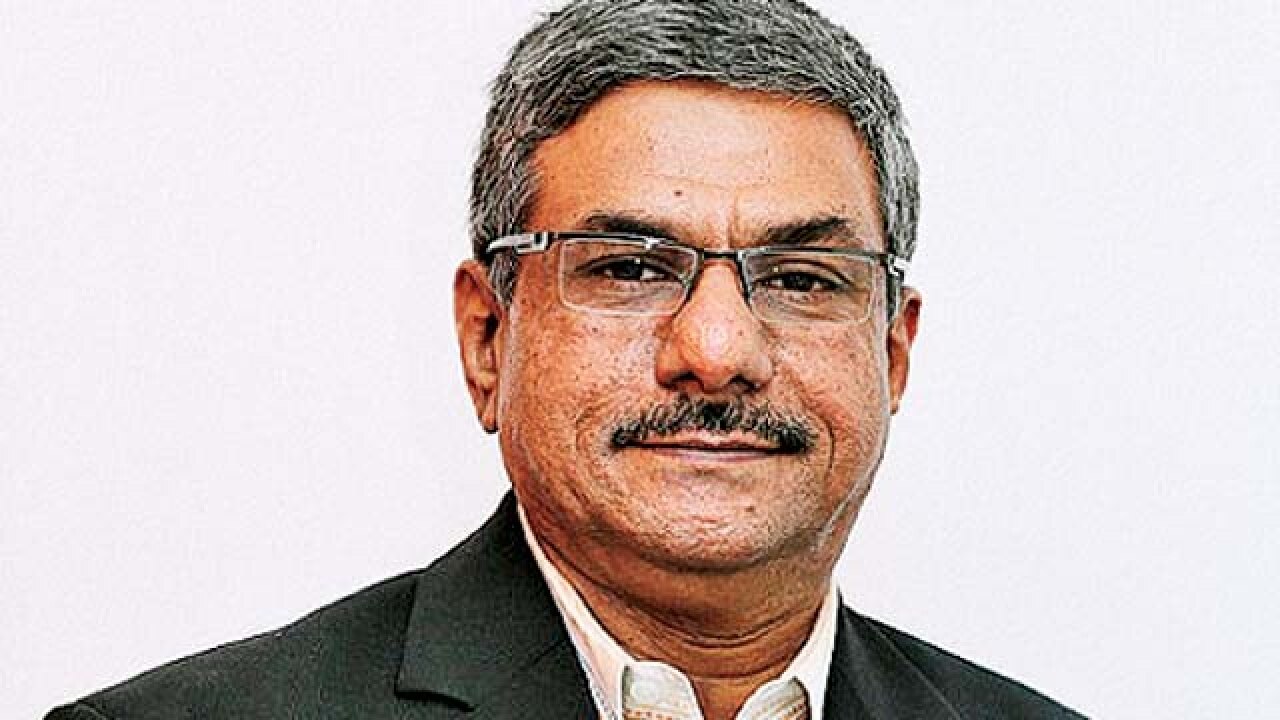
Sathyan Gopalan, CEO of ATM machine manufacturing company Vortex Engineering tells Ateeq Shaikh about technicalities of ATMs and the costs involved for re-calibrating the machines for new currency notes.
We have developed a technology called dispenser (ATM). We are the only Indian company among the few global firms who have this technology. The uniqueness of this device is that it perhaps the lowest power consuming ATM. It uses one-third the power used by a conventional ATM. It can run without air conditioning, needs lowest-possible UPS. It also supports open source software. It is a product designed to work in semi-urban and rural areas. We are also the first to develop Mini ATM. It combines all the advantages of a conventional ATM. It weighs around 50 kg and addresses the last-mile problem. In the last few days, we have also deployed many Micro ATMs in small cash vans in Delhi, Chennai and Kolkata. In our view, in the next six months, the challenge will be how to help people in semi-urban and rural areas. We are proposing to the banks to deploy Mini ATMs to quickly access semi-urban, rural and urban population. There is going to be a tremendous increase in transactions over the next 3-4 months.
I would see a significant spike from all participants, including us. Our specific differentiation will be that we are the only one to have Mini ATMs being used commercially. We have just deployed 100 machines. We are expecting more tenders to arrive.
Micro ATMs are a different segment altogether. They are POS (Point of Sale) devices people can put their fingerprint on and keep in a bag. Out of our total installed base of over 3,000 Ecotellers, 100-odd are Mini ATMs. We expect to have a majority of the share as we go forward. In India, annually 25,000 ATMs are procured. At least initially, we expect 10-20% procuring Mini ATMs.
Recalibration of ATMs has come about because the new Rs 500 and Rs 2,000 notes are smaller in size.
We are expecting. I am told that there could be new denominations there also over the next few months, which of course is something we don't yet know.
Different vendors have varied costs; it is difficult to say. Almost all the vendors have to add some additional parts to the ATMs because of the new dimension of the notes. Typically, the cost is Rs 500 to Rs 1,000 per cassette. Each dimension is put in one cassette. An ATM typically can have 2-4 cassettes. Now people are loading Rs 2,000 denomination in a cassette, new Rs 500 notes in one or two cassettes and one cassette to load Rs 100 notes. So, recalibration has to be done for each cassette. For each ATM, the average cost will be around Rs 3,000 – Rs 4,000.
Software change has to be done at the bank's end. It involves a small setting change. I don't think that the bank will have any cost there.
We started exporting recently. Our initial machines have gone to Indonesia, Tanzania, Nigeria, etc. Our product is low-powered, environment-friendly and is very attractive in most of the overseas market. In the next one year, we are planning to raise focus on that and increase our share of the overseas market, and are hopeful of building up substantial export orders in around 10 countries, selling around 500 machines during the calendar year 2017.